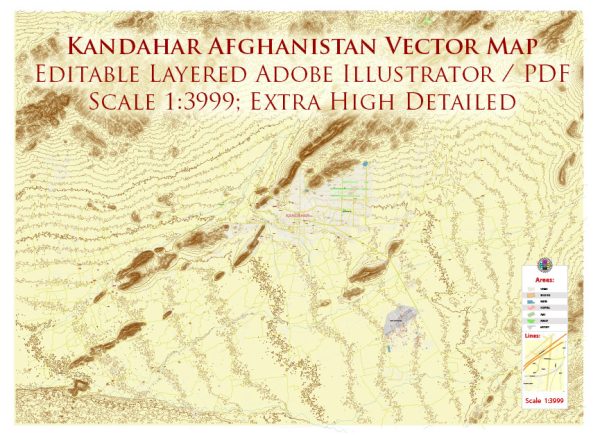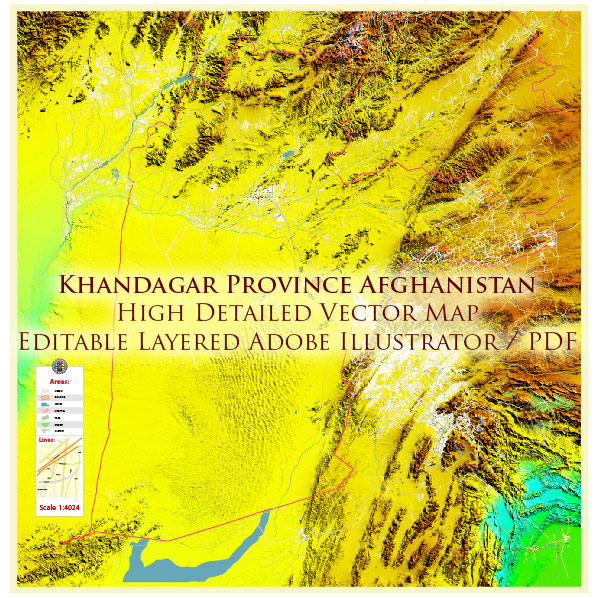Kandahar, located in southern Afghanistan, has a rich history of urban development that spans over several millennia. The city has played a significant role in the region’s history, serving as a cultural, economic, and political center. Here’s a brief overview of Kandahar’s urban development history:
- Ancient Origins:
- Kandahar’s history dates back to ancient times. It is believed to have been founded by Alexander the Great in the 4th century BCE.
- The city was strategically located along the ancient Silk Road, connecting the East and West, making it an important center for trade and commerce.
- Greco-Bactrian Period:
- Kandahar became part of the Greco-Bactrian Kingdom after Alexander’s conquests. The city flourished under Greco-Bactrian rule, and remnants of Hellenistic influence can still be seen in archaeological sites.
- Islamic Period:
- With the advent of Islam in the 7th century, Kandahar became an important center of Islamic culture and civilization.
- Various dynasties, including the Ghaznavids, Ghurids, and Timurids, contributed to the city’s architectural and cultural heritage.
- Mughal Influence:
- During the Mughal Empire in the 16th and 17th centuries, Kandahar saw further development. The Mughals constructed gardens, mosques, and other structures that added to the city’s architectural beauty.
- Persian and British Control:
- Kandahar faced periods of instability and changed hands between various regional powers, including the Persians.
- In the 19th century, during the Great Game, Kandahar became a focal point of geopolitical struggles between the British and the Russian Empires.
- Modern Era:
- In the 20th century, Kandahar witnessed both growth and challenges. The city saw development in infrastructure, education, and healthcare.
- The Soviet invasion in the 1980s and subsequent conflicts had a profound impact on Kandahar, leading to damage and displacement of the population.
- Post-2001:
- Following the fall of the Taliban regime in 2001, efforts were made to rebuild Kandahar. International organizations and the Afghan government worked on infrastructure projects, including roads, schools, and healthcare facilities.
- Challenges:
- Kandahar has faced challenges such as political instability, security issues, and economic difficulties. Ongoing conflicts have hindered sustained urban development efforts.
- Cultural Heritage:
- Kandahar boasts a rich cultural heritage with historic sites, including the Mausoleum of Ahmad Shah Durrani, the founder of modern Afghanistan, and the Old City area with traditional bazaars.
In summary, Kandahar’s history of urban development is marked by its strategic location along ancient trade routes, cultural influences from various empires, and efforts to rebuild in the face of modern challenges and conflicts. The city remains an important part of Afghanistan’s cultural and historical tapestry.



 Author: Kirill Shrayber, Ph.D.
Author: Kirill Shrayber, Ph.D.